Mianwali (Urdu: مِيانوالى) is the capital city of Mianwali District, Pakistan. It is in the northwest ofPunjab province on the eastern bank of the Indus River. Thal Canal traverses the city and makes the surroundings picturesque. In the 1998 census of Pakistan, the city had a population of 85,000.[citation needed] The two dominant tribes of Upper Mianwali are Niazis and Awans. Awans usually associate themselves with Potohari Punjabi identity while Niazis who are 40% of the total population Mianwali associate themselves with the Pashtoons. The biggest tribe of Lower Mianwali Piplan Tehsil are Talokar Jatts the 27% of the total population of Mianwali. They claim to be the descendents three brothers Sial from Silla, Tiwana from Tilla and Talokar from Taloka, who were The Great Parmar Rajputs. Talokars usaually associate themselves with Saraiki culture ofSouthern Punjab.
In November 1901, present day tehsils of Mianwali, Isa Khel and Piplan were separated from Bannu District and districts Bhakkar and Layyah from Dera Ismail Khan District and clubbed together to form a new district named Mianwali with its headquarters in Mianwali city. The municipal committee was founded in December 1903 and has remained operational since then.
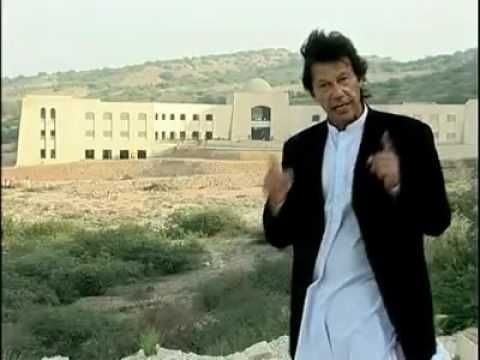
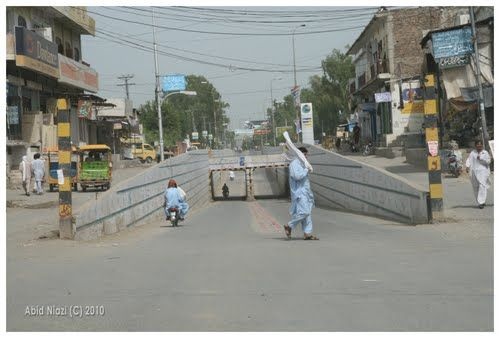
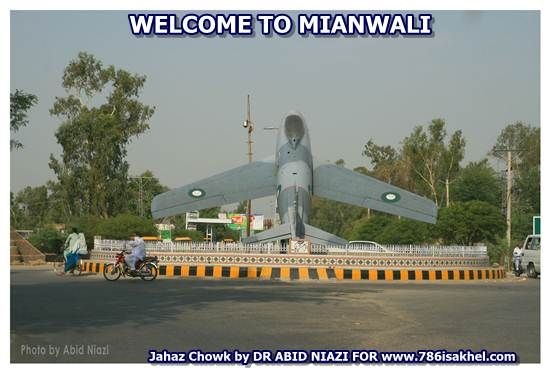
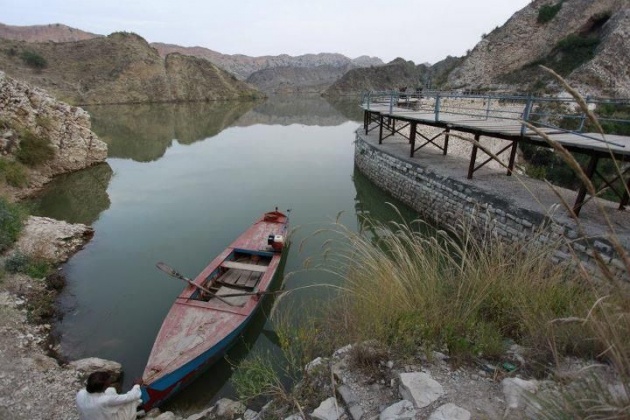
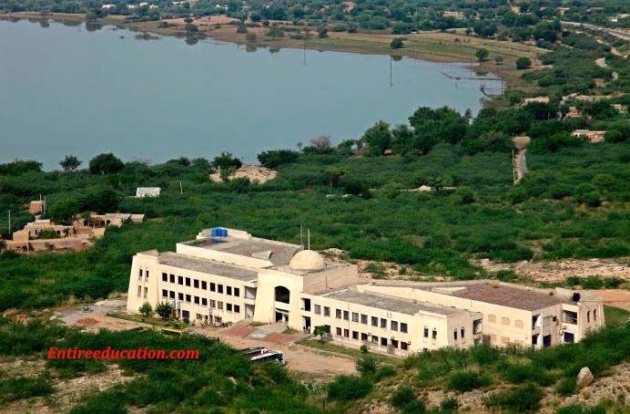
Infrastructure
The city has an FM radio station (FM 93), municipal library called Professor Muhammad Feroz Shah Library, sports complex, and hockey stadium. There are several educational institutions from elementary to post-graduate level. Mianwali is home to Namal College, a University of Bradford accredited institute providing quality higher education to underprivileged youth.
The city has an airport built near the old World War II aerodrome and known as PAF Base Mianwali. It is one of the major operational and training air bases of the country. The No. 1 Fighter Conversion Unit of the PAF is stationed here.
There is a railway connecting the city with Multan, Lahore and Rawalpindi.
The main highways connecting to the other parts of the country include the Sargodha–Lahoreroad [N–60], MM Road (Mianwali–Muzaffargarh road), Talagang–Rawalpindi road, and theKalabagh–Bannu road [N–60].
Rc news Mianwali is the local online newspaper: www.rcmianwali.com/newspaper.[1]
Namal College Mianwali
In 2008, the former cricketer, philanthropist and politician Imran Khan founded the Namal Collegelocated about thirty kilometers from the Mianwali city. Namal an associate college of University of Bradford, offers two four-year degree programs: B. Sc. (HONS) Computer Sciences and B. Eng. Electrical & Electronics.
History
Mianwali District was agricultural region with forests during the Indus Valley Civilization. The Vedic period is characterized by Indo-Aryan culture that invaded from Central Asia and settled in Punjab region. In 997 CE, Sultan Mahmud Ghaznavi, took over the Ghaznavid dynasty empire established by his father, Sultan Sebuktegin, In 1005 he conquered the Shahis in Kabul in 1005, and followed it by the conquests of Punjab region. The Delhi Sultanate and later Mughal Empire ruled the region. The Punjab region became predominantly Muslim due to missionary Sufi saints whose dargahs dot the landscape of Punjab region.
Before the British rule, the area formed an integral portion of the Graeco-Bactrian Empire of Kabul and the Punjab. During British rule, the Indian empire was subdivided into provinces, divisions and districts; afterward, the independence of Pakistan divisions remained the third tier of government until 2000. The British had made the town of Mianwali as tehsil headquarters of Bannu District then part of Dera Ismail Khan Divisionof Punjab province. The population of Mianwali, according to the 1901 census of India, was 3,591.
In November 1901, the North-West Frontier Province was carved out of Punjab and the tehsils of Mianwali and Isa Khel, and were separated from Bannu District (Bannu became part of NWFP). A new district was made with the headquarters in Mianwali city and placed in Punjab. The district became a part of Rawalpindi Division. There were four tehsils: Mianwali, Isa Khel, Bhakkar, and Layyah. Layyah was included in the Muzaffargarh District in 1909. The district became a part of Sargodha Division in 1961. Bhakkar Tehsil was separated from Mianwali and was made a separate district inside Sargodha Division w.e.f. 01-07-1982.
The predominantly Muslim population supported Muslim League and Pakistan Movement. After the independence of Pakistan in 1947, the minorityHindus and Sikhs migrated to India while the Muslim refugees from India settled in the Mianwali district.
Language
As per the 1998 census of Pakistan, the following are the demographics of the Mianwali district, by spoken language:
- Punjabi: 72.4%
- Saraiki dialect: 12%
- Pashto: 10%
- Others: 6%
Though Mianwali is claimed an integral part of the Seraiki speaking belt by the Seraiki language activists, Punjabi-Seraiki division seems to hold little influence on common people in this district. According to 1998 census three fourths (74.2 percent) of the population named their spoken language as Punjabi while only 12 per cent answered that they speak Seraiki.[4]
Inhabitants of Mianwali district speak a great variety of Punjabi dialects.
- Jandali/Rohi (central parts of the district)
- Awankari (northern parts)
- Shapuri (easteren parts)
- Thalochi (southern parts in desert areas)
- Majhi or standard (sizeable population in cities)
Other languages include:
- Pashto which is spoken by sizeable population in the Khyber Pakhtookhawa province border areas and in the cities.
- Urdu is mother tongue of few people but being national language is spoken and understood by the sizeable population.
- English is understood and spoken by few, mainly educated elite.
Tribes
From the Northern side (Upper) of Mianwali, Niazi, Rokhri, and Awans are dominated tribes inhabiting in Mianwali Tehsil and Isa Khel Tehsil, from Eastern side central Mianwali Bhachar family is dominating and from Southern side (Lower) Piplan Tehsil the biggest tribe is TalokarJatts and many other small Jatt tribes like Aheer, Aulakh, Bathal, Bhamb, Bhachar, Darhaal, Dharoee, Dhuddi, Dhaadi, Hariyah, Mondh, Monaa, Mekan, Khar, Kaniyaal, Kaleyar, Saandh, Sandhila, Sujrah, Sial, Uttra and Awan.



